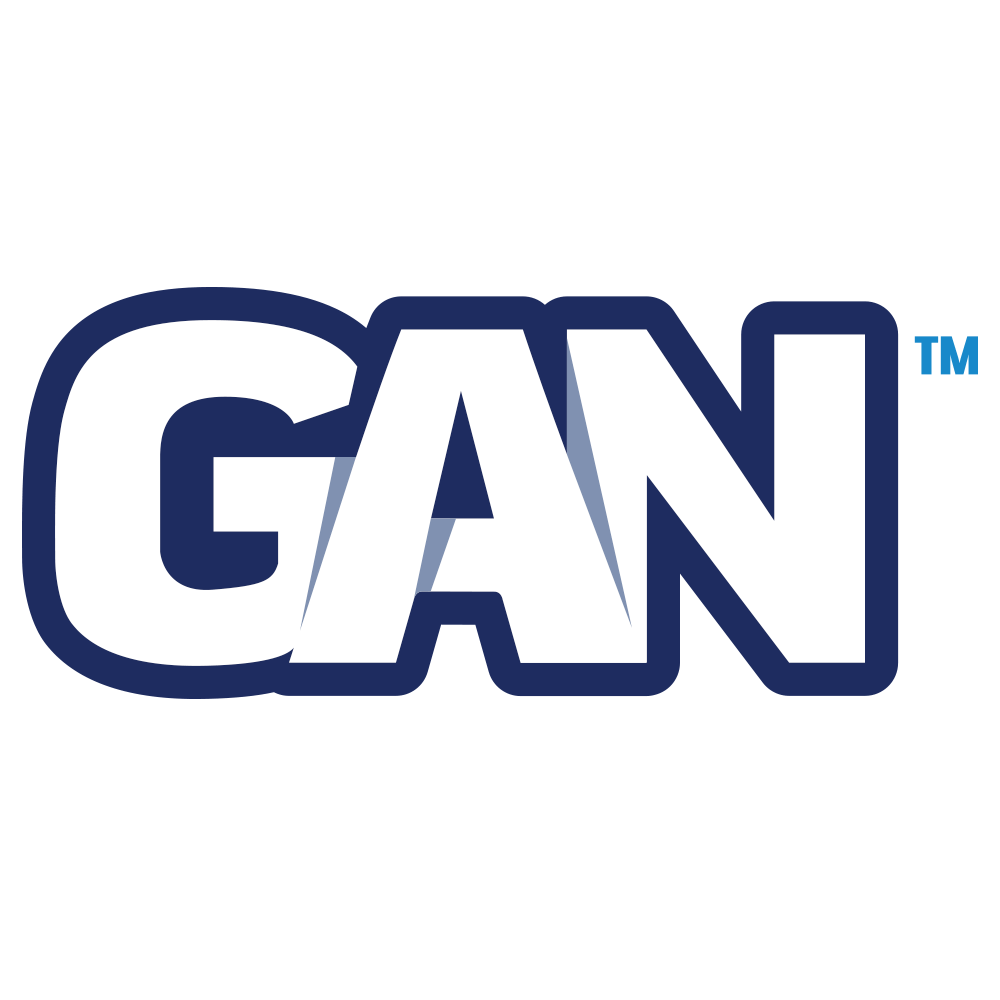GAN extends Simulated Gaming & Patent Licensing agreement with JACK Entertainment LLC
Leading Michigan & Ohio casino company extends existing contract for Simulated Gaming
London & Dublin | October 24, 2018: GAN plc ("GAN" or the "Company"), an award-winning developer and supplier of enterprise-level B2B Internet gambling software and services in the United States and Europe, today announces the extension of a pre-existing agreement with JACK Entertainment LLC, a major US operator of Simulated Gaming available at www.playJACK.com.
JACK and its affiliates' portfolio of properties include over 13,000 gaming positions, more than 400,000 square feet of gaming space, 400 hotel rooms, and 48 bars and restaurants. JACK is comprised of approximately 7,000 team members across four states.
Highlights
· Delivering GAN's US-patented iBridge Framework™ links the GameSTACK™ Internet gaming system to JACK Entertainment's existing casino management system deployed in Ohio and Michigan.
· The Simulated Gaming™ offering is operated from an instance of the GameSTACK™ Internet gaming system deployed in Las Vegas Nevada.
· Simulated Gaming™ is an innovative internet gaming service designed by GAN specifically for land-based US casinos, offering a gaming-as-entertainment consumer website and mobile apps that include over 200 casino slot and table games, including poker, backgammon, gin rummy, poker dice and blackjack tournaments.
Management Commentary
Adam Suliman, Vice President of Online Gaming, commented:
"JACK Entertainment is excited to renew and extend GAN's simulated gaming experience for our casino guests. GAN has proved to be a great partner, offering our guests a fun and interactive way to engage with our properties."
Dermot Smurfit, CEO of GAN commented:
"As expected, and in line with our other casino operator clients' reported experience, JACK has experienced increased patron loyalty through increased visitation on-property and increased on-property gaming revenues, as a consequence of engaging with their patrons online as well as on-property. Simulated Gaming supports on-property casino visitation among patrons in competitive regional markets and enables the operator to develop an income stream as well as an online database in advance of any expected regulation of Internet gambling."
FAQ's about GAN's Internet Gambling 'Platform' powering Simulated Gaming
· Simulated Gaming is operated on the exact same Platform as regulated Internet gambling delivered for operator clients in New Jersey and Europe. For investors and Industry analysts: The core of a "Platform" from both a technical and regulatory standpoint is the Player Account Management System i.e. where highly sensitive customer and player activity data is stored and processed. Other elements of Platform can include a sportsbook transaction engine, gaming content integrations, payment services, marketing services, trading services and other ancillary activities. However, the core functionality to describe B2B systems and services as a 'Platform' is the Player Account Management System. This is also the layer of B2B activity which tends to require regulatory approval as a 'Platform' since it is the focal point of data and player security. Therefore, without the Player Account Management System, a service provider might be offering very valuable B2B functionality but not in the strictest sense a 'Platform' (source: Regulus Partners, an international gambling advisory group).
· Launched in the US by GAN in January of 2014, Simulated Gaming™ has proven to monetize Internet traffic to existing websites operated by land-based US casinos at levels greatly exceeding equivalent numbers generally reported by Social Casino operators.
· US casino operators report +50% of their surveyed casino patrons are already engaged in playing Social Casinos on Facebook and Simulated Gaming™ is proven to increase property visitation among existing patrons, reactivate lapsed patrons bringing them back on-property and drive acquisition of new patrons from outside the typical drive distance to the property.
